- JST Home
- /
- Strategic Basic Research Programs
- /
 ACT-X
ACT-X- /
- Research Director/
- Hardware in Future for Resilience of Real Space/
- [Hardware for Resilience] Year Started : 2022
[Hardware for Resilience] Year Started : 2022
Hiroya Abe
Bio-inspired adhesion for biosensor
Grant No.:JPMJAX22K1
Researcher
Hiroya Abe
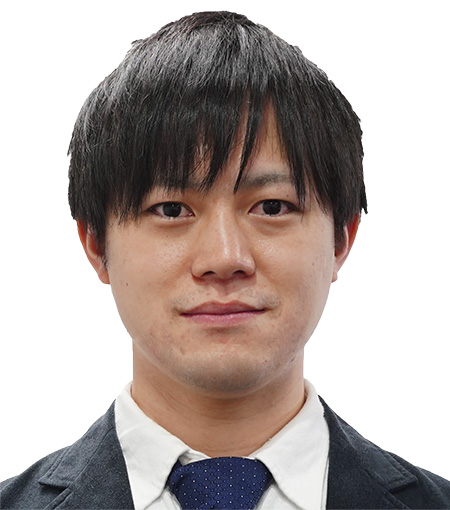
Associate Professor
Frontier Research Institute for Interdisciplinary Sciences
Tohoku University
Outline
Biosensors are powerful tools for extracting bio information. In this research, by inspiring wet adhesion from the natural system, I develop adhesive biosensors even on soft and wet conditions of the biological surface. Microneedle-type electrochemical sensors are employed for a measurement part, which allows monitoring of the bio information in interstitial fluid.
Li Yi
Compact and low cost ultra-wide band photonics-based 3D imaging system at millimeter/terahertz band
Grant No.:JPMJAX22K2
Researcher
Li Yi
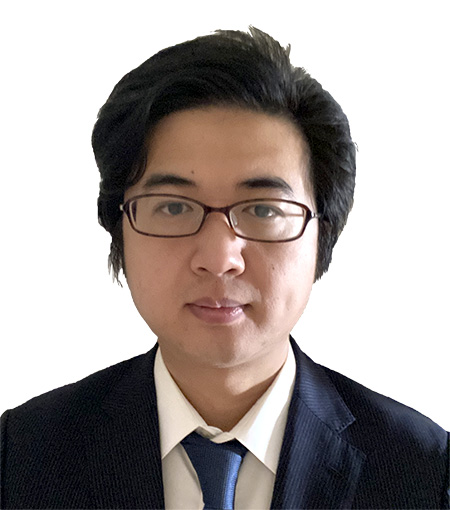
Associate Professor
Faculty of Applied Science and Engineering
Ibaraki University
Outline
The applicant is aiming at a compact ultrawide bandwidth(UWB) photonics-based radar system by combining the integrated Terahertz silicon photonics (TSP) radar module together with a specifically designed laser source for the millimeter/THz band 3D imaging system. Combining both techniques, the proposed system can achieve high spatial resolution, compact size, and lightweight. Since the millimeter/THz signal is down-converted from the optic domain, the proposed technique is flexible to generate the required frequency bands based on actual demands. Throughout this project, we aim at ~40 GHz bandwidth at the 40-GHz band and >100 GHz bandwidth at the 300-GHz band UWB radar module, which can be mounted on a commercial drone with a payload of <200 g.
Ayaka Ishii
Research on 3D printing method using electrolysis
Grant No.:JPMJAX22K3
Researcher
Ayaka Ishii
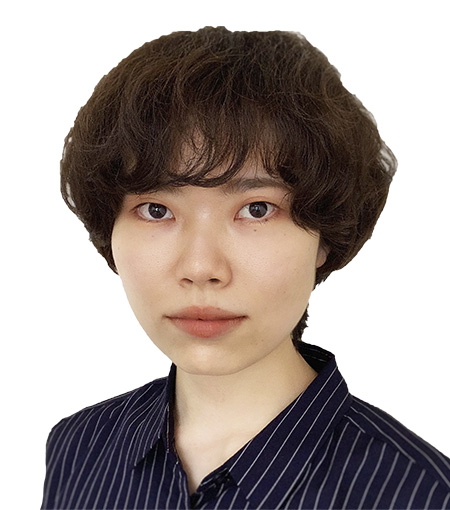
Researcher
NTT Communication Science Laboratories
Nippon Telegraph and Telephone Corporation
Outline
Foamed materials are focused on as materials with superior lightweight and heat insulation properties, and a modeling method using an FDM 3D printer has been proposed. However, it requires a special filament that contains a substance that generates bubbles when heated, making it difficult to control the localization of the foaming position. Thus, this project aims at developing a technology to perform computer-controlled electrolysis on the melted filament of a 3D printer. This technology allows the users to generate bubbles dynamically during 3D printing and enables the personal fabrication of various types of foamed objects.
Yuki Usami
Creation of low power consuming material reservoir based on chemical dynamics
Grant No.:JPMJAX22K4
Researcher
Yuki Usami
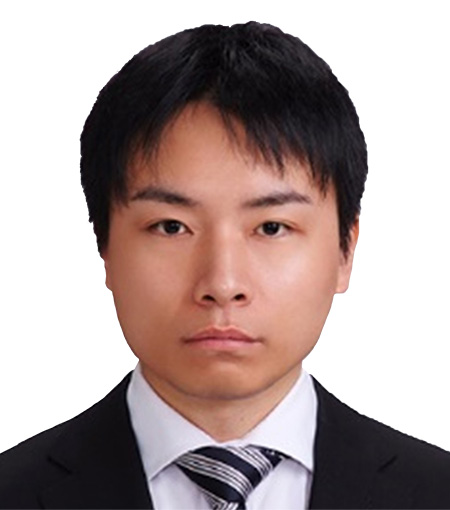
Assistant Professor
Graduate School of Life Science and Systems Engineering
Kyushu Institute of Technology
Outline
While implementing IoT and developing AI systems in various fields is currently undergoing, the increase in power consumption becomes a critical problem. In this research, a low power consumption material reserver device will be created in which time information is incorporated into the computational process, using the chemical dynamics in the material as a computational resource. Furthermore, by connecting to electronic circuits, the classification function will be implemented in hardware, and then the creation of edge devices using material reservoirs will be challenged.
Keisuke Osawa
Hand rehabilitation assist device for remote and home use
Grant No.:JPMJAX22K5
Researcher
Keisuke Osawa
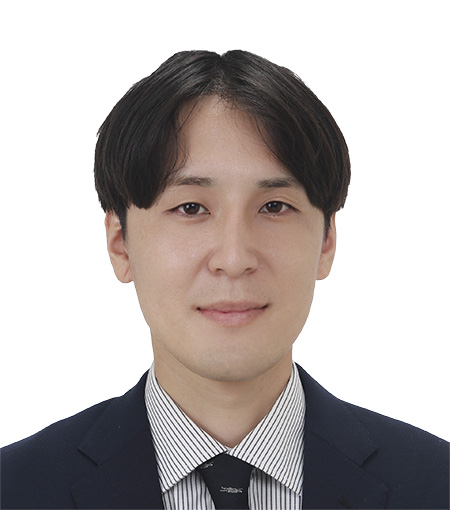
Research Assistant Professor
Faculty of Engineering
Kyushu University
Outline
Due to the spread of infectious diseases, it is difficult for therapists to conduct rehabilitation interventions in contact with patients as before. In previous studies, the proposed hand rehabilitation assist device can support finger flexion/extension only. Therefore, they are limited to supporting the recovery of grasping and tapping motions, and are insufficient for the recovery of fine finger motions. In this research, we aim to develop a hand rehabilitation assist device that can actively support finger flexion/extension, adduction/abduction. This will make advanced hand rehabilitation for remote and home use.
Makoto Saito
High-power biophotovoltaic systems based on an evaluation of microalgae response to osmotic shock by utilizing a micro vortex.
Grant No.:JPMJAX22K6
Researcher
Makoto Saito
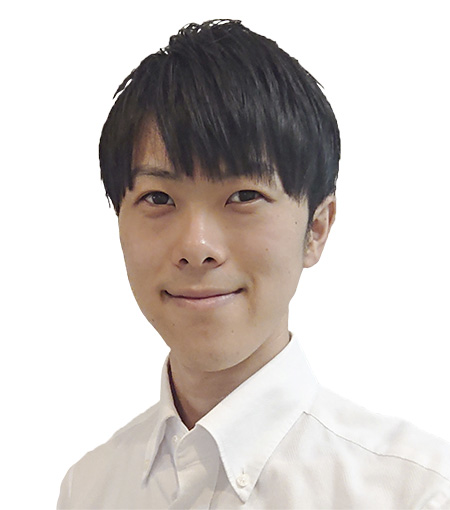
Graduate Student
Faculty of Engineering
Kyushu University
Outline
Biophotovoltaic systems are progressing technologies producing clean energy from sunlight and storing carbon in microalgae. Although previous researches report that membrane proteins play key roles in the transportations of electron carrier, no earlier work investigates the transportability of membrane transporters. In this research, we present a high-speed osmotic shock system by utilizing a micro vortex to evaluate dynamic responses of membrane transporters in microalgae. Because the vortex allows the osmotic shock in the order of sub-millisecond, we can induce and observe high-speed dynamic responses of transports such as volume, response time and repeatability. In this method, we will reveal the effects of these response characteristics to biophotovoltaic systems and enhance its electric power by selecting superior microalgae.
Tatsunori Shibuya
Development of table-top nano X-ray source for semiconductor device security
Grant No.:JPMJAX22K7
Researcher
Tatsunori Shibuya
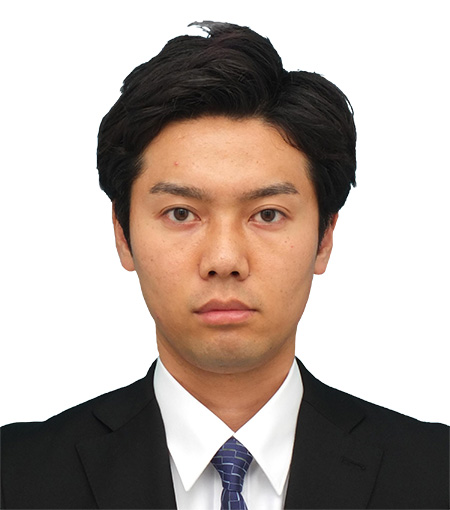
Senior Researcher
National Metrology Institute of Japan
National Institute of Advanced Industrial Science and Technology
Outline
Cyberattacks targeting semiconductor devices are increasing worldwidely. It is difficult to non-destructively measure the nanostructure of semiconductor devices, therefore it has been unabled to show the correlation between cyberattack parameters and semiconductor nanostructure parameters. In this research, we aim to realize a novel-type nano X-ray source that applies laser-induced nanospherification technology in order to realize nano-level and non-destructive measurement.
Keitaro Shimada
Ultrafast snapshot 3D camera based on optical imaging
Grant No.:JPMJAX22K8
Researcher
Keitaro Shimada
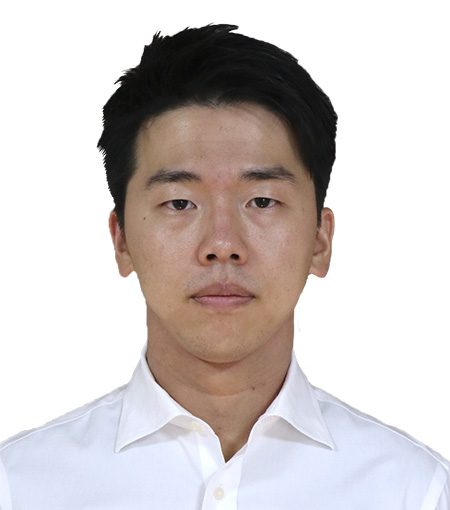
Project researcher
Graduate School of Engineering
The University of Tokyo
Outline
Ultrafast imaging is important for technological development in many fields, because it enables analysis of various ultrafast phenomena such as laser ablation and discharge in water. However, conventional methods can only acquire profiles in 2D space and cannot acquire dynamics in 3D space. This project aims to develop an ultrafast 3D camera, a novel optical technique that acquires the 3D video in a single shot with less than nanosecond resolution, to visualize the 3D dynamics of ultrafast phenomena. The ultrafast 3D camera will promote the elucidation of the mechanisms of various ultrafast phenomena and contribute to the advancement of science and technology in a wide range of fields, including processing and medicine.
Kan Shoji
Sensor network using self-powered cyborg insects
Grant No.:JPMJAX22K9
Researcher
Kan Shoji
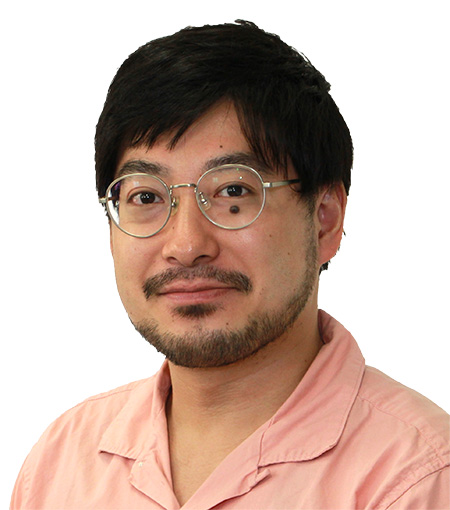
Associate Professor
Faculty of Engineering
Nagaoka University of Technology
Outline
In this study, we will develop “artificial cell like biofuel cells” that electrodes are protected by aritificial cell membranes with selective permeabilities of molecules and “locomotion controller for multiple cyborg insects” using drones. Based on these systems, we will realize “sensor network using self-powered cyborg insects” and apply the sensor network for rescue and environmental monitoring at the disaster site.
Shun Tanaka
Development of large scale sensor arrays to give delicate sense to all machine tools
Grant No.:JPMJAX22KA
Researcher
Shun Tanaka
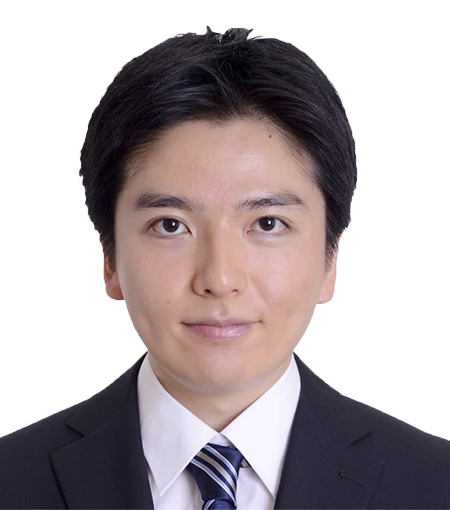
Graduate Student
Graduate School of Engineering
The University of Tokyo
Outline
In recent years, machine tools have tended to become more multiaxial and dynamic due to increased machining freedom and integrated production of large parts. However, this trend is accompanied by a decrease in accuracy and stiffness, so compensation technology based on high quality sensor information is essential. The objective of this project is to construct a comprehensive error correction system that is independent of machine configuration and machining process. We will develop and install ‘sensory organs’ capable of measuring temperature and vibration at several hundred points to achieve refinement beyond the inherent performance of any processing machine.
Kazuki Tamura
Development of holographic illumination for optical hardness microscope
Grant No.:JPMJAX22KB
Researcher
Kazuki Tamura
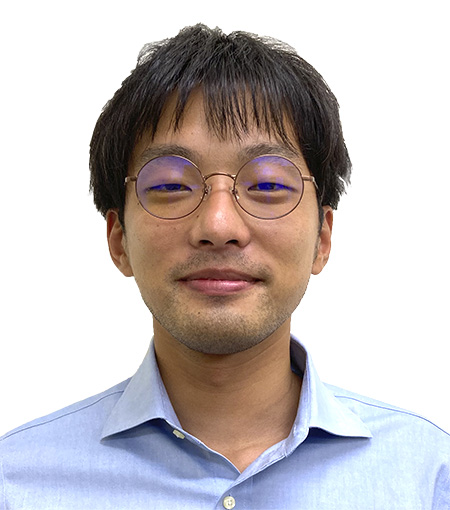
Assistant Professor
Institute of Photonics Medicine
Hamamatsu University School of Medicine
Outline
This research studies the image formation for pulsed laser light used for vibratory excitation by photoacoustic waves in an optical hardness microscope under development. Currently, photoacoustic waves are generated by a parallel light beam into an objective lens, which focuses strong energy on the focal region. In this research, the spatial light modulator makes an arbitral image of pulse light. The image makes it possible to generate an efficient photoacoustic wave. We aim to obtain cell-sized mechanical properties with optical resolution.
Junia Nomura
Development of high-power, low-noise mode-locked lasers by using planar waveguide amplifiers
Grant No.:JPMJAX22KC
Researcher
Junia Nomura
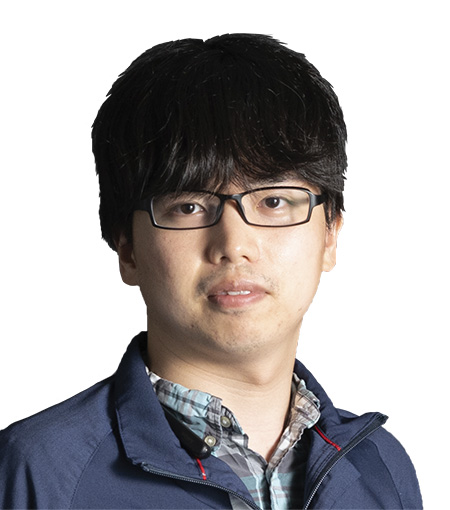
Assistant Professor
College of Industrial Technology
Nihon University
Outline
The goal of this research is to accelerate the industrial application of mode-locked lasers which are ultrashort pulse and high repetition rate pulses train. The trade-off between increasing the output power and reducing the degradation of laser characteristics is a major issue for the industrial application of mode-locked lasers. In this research, we will develop 1.5-um mode-locked lasers with high output power and low noise characteristics by combining optical frequency control technology and high-power amplifier development technology, thereby contributing to the practical application of various applied research.
Takeru Hashimoto
Designing body scheme and minimal self with a grasping-type force display
Grant No.:JPMJAX22KD
Researcher
Takeru Hashimoto
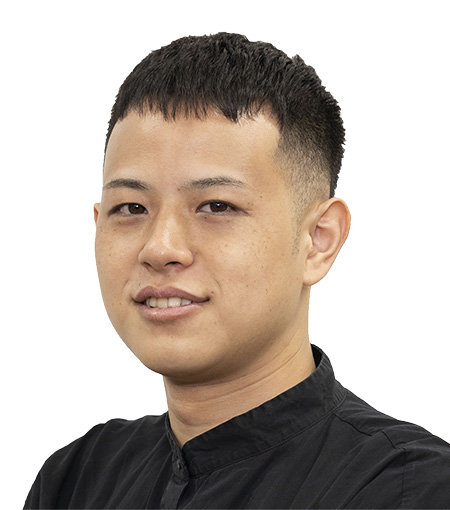
Project Assistant Professor
Graduate School of Information Science and Technology
The University of Tokyo
Outline
The sensation that occurs when a person moves their body is called kinesthesia. This sense, rooted in our body, is also the sense that defines our bodies. This research aims to develop a grasping device that presents force to the human body and to construct a force presentation method to attribute the presented force to the human body. Using this technique, we aim to acquire a body scheme and minimal self different from the real-world body.
Shogo Hatayama
Development of environment-friendly selector device with high thermal stability
Grant No.:JPMJAX22KE
Researcher
Shogo Hatayama
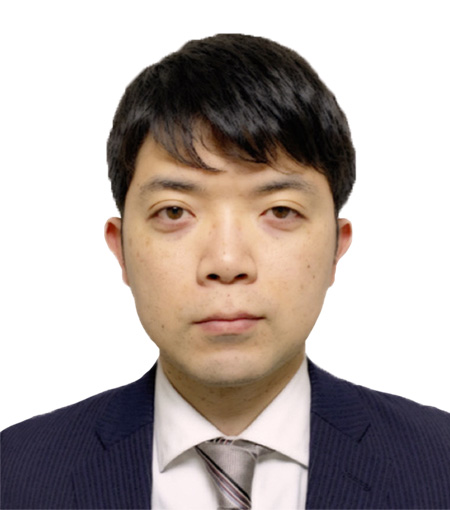
Senior Researcher
Semiconductor Frontier Research Center
National Institute of Advanced Industrial Science and Technology
Outline
In this study, by combining theoretical calculation and experiments, I try to develop new selector materials with environmental friendliness and high thermal stability, and to demonstrate thier electronic device . The goal of this study is to develop new selector device technology that will enhance the interaction between physical and virtual spaces by improving the device performance of non-volatile memory or edge computing devices.
Keiga Fukui
Fabrication of novel energy storage device with hydrogen anion
Grant No.:JPMJAX22KF
Researcher
Keiga Fukui
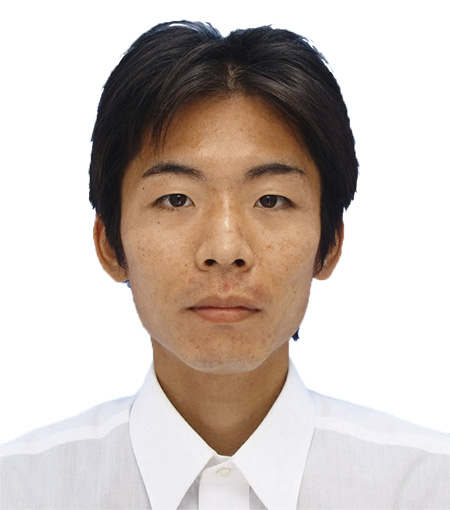
Assistant Professor
Graduate Faculty of Interdisciplinary Research
University of Yamanashi
Outline
Rechargeable batteries are the essential components for various devices in modern society, such as smartphones, tablets, and electric vehicles. The aim of this research is the fabrication of novel energy storage devices using “hydride ion” ― the anion of hydrogen. Because of its high reactivity, the chemical reactions in energy storage systems will be enhanced with hydride ions used as charge carriers and reactants. This contribution of hydride ion will enable to realize the high-performance energy storage device with large capacity, long lifetime, and safety.
Hiroaki Honma
Granule MEMS vibrational energy harvester
Grant No.:JPMJAX22KG
Researcher
Hiroaki Honma
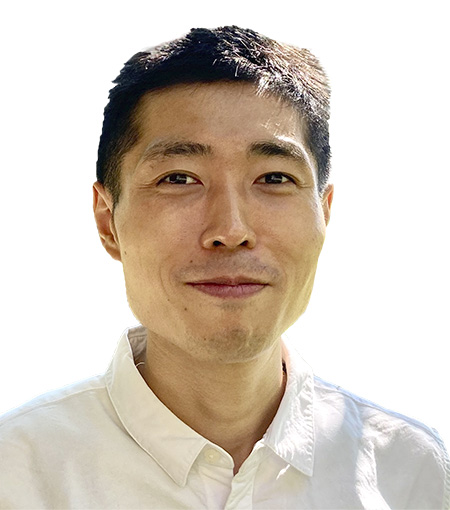
Associate Professor
Graduate School of Engineering
Kobe University
Outline
In this study, I develop a granules-size (less than 3 mm square) MEMS (Micro Electro Mechanical System) vibrational energy harvester for a wireless sensor which is so small that one would not be aware of its presence. In particular, a technology for reducing the chip size to less than 1/50 of the conventional size is newly developed by the third-dimensional intensive integration of an electro-mechanical transducer using an electret. The wireless nodes driven by the proposed energy harvester provide IoT (Internet of Things) sensor network that optimizes the environment for an individual.
Takuya Maeda
Development of innovative transistor using ferroelectric/nitride semiconductor heterostructure
Grant No.:JPMJAX22KH
Researcher
Takuya Maeda
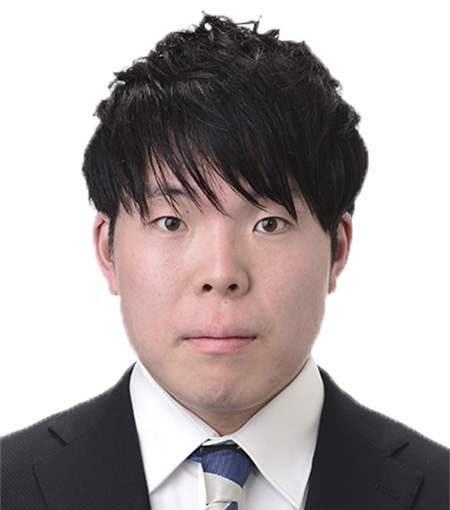
Lecturer
Graduate School of Engineering
The University of Tokyo
Outline
Toward sustainable society, high power, high frequency and low loss transistors are strongly required. In this work, we will study a novel transistor by integrating piezoelectric and ferroelectric ScAlN with a GaN heterostructure field effect transistor (HFET). Owing to the function of ScAlN, ScAlN/GaN HFET is expected to show high performance with new functions such as a memory/logic hybrid operation. We will focus on (1) development of deposition technology of ScAlN on GaN, (2) characterization of ScAlN films and ScAlN/GaN heterostructures, and (3) demonstration of ScAlN/GaN HFETs.
Takafumi Morita
Development of autonomous-drive biomimetic fluid interfaces
Grant No.:JPMJAX22KI
Researcher
Takafumi Morita
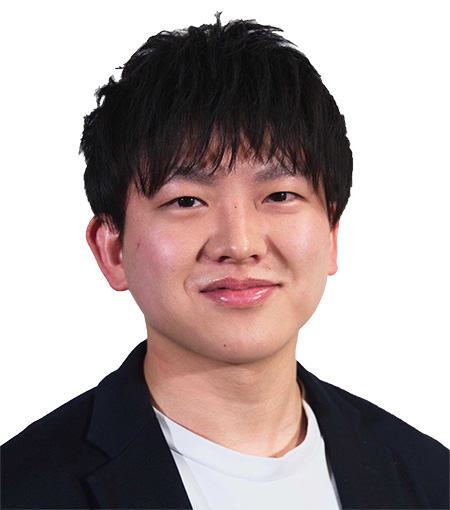
Assistant Professor
Interfaculty Initiative in Information Studies
The University of Tokyo
Outline
Fluid interfaces have been attracting attention as a driving force for soft motion because they are lightweight and can freely change volume. However, handling fluids requires large external devices, making it difficult to drive autonomously. In addition, these devices make a lot of driving noise, which hinders soft movement. Therefore, we propose an autonomous-drive fluid system for biomimetic fluid interfaces that can generate and control fluids with low power consumption and sustainability, as well as a sensing technology that utilize unique characteristics of fluids.
Tomohiro Morita
Biological 3D printer for induction of angiogenesis
Grant No.:JPMJAX22KJ
Researcher
Tomohiro Morita
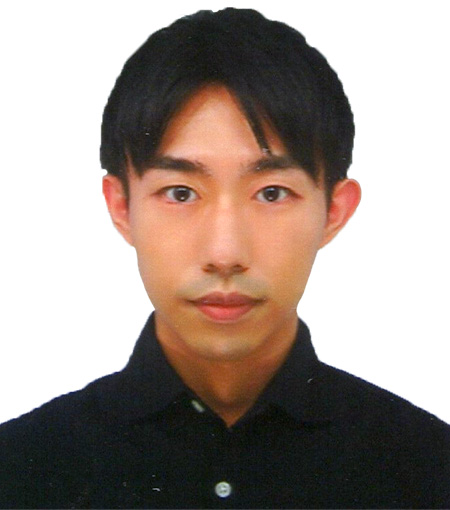
Graduate Student
Graduate School of Information Science and Technology
The University of Tokyo
Outline
Endothelial cells exists in the innermost wall of blood vessels, and they not only protect the blood vessel wall but also play a role in generating new blood vessels with capillary size and supplying oxygen to the surroundings. Previous researches have shown that when multiple endothelial cells are in close proximity within a collagen gel, they generate new blood vessels to connect each other and form a vascular network. Based on the above, in this research, we aim to develop a 3D printer that capsulates endothelial cells in collagen gel like beads and precisely arranges them in tissues. We expect that the range expantion of vascular network construction in tissues can be achieved by using this printing system.
Masataka Yoshimoto
Creation of photo-rechargeable battery charging only by light irradiation
Grant No.:JPMJAX22KK
Researcher
Masataka Yoshimoto
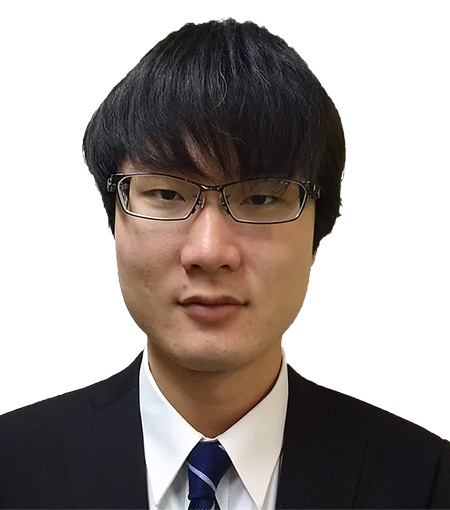
Assistant Professor
Institute of Materials and Systems for Sustainability
Nagoya University
Outline
Conventional photo-rechargeable batteries have poor photoelectrochemical characteristics due to side reactions such as photocorrosion occurring at the electrode/liquid electrolyte interface, and the reaction principle is not clear. In this study, instead of liquid electrolyte, a solid electrolyte with high electrochemical stability is used to construct an solid/solid interface where side reactions are suppressed. By applying band engineering to this interface and controlling the diffusion of photo-excited carriers, carrier lifetime, etc., we aim to create photo-rechargeable batteries in which spontaneous and reversible photocharge proceeds.
Iat Wai Leong
Development of osmotic power generation technology using solid-state nanopores
Grant No.:JPMJAX22KL
Researcher
Iat Wai Leong

Assistant Professor
Faculty of Enginnering
Kyushu University
Outline
Osmotic power generation is a renewable energy generated from the salinity gradient. Despite high resistance and high fabrication costs of ion-selective membranes, reverse electrodialysis power generation technology does not meet industry standards. Finding a suitable membrane structure and materials to control ion transport is a major problem that needs to be solved at this stage. This research involves making a series of nanopores with different geometries and sizes to comprehensively investigate the ion transport properties of single pores and arrays of pores. And try to develop the relationship between the geometry structure of solid-state nanopores and power generation efficiency.













